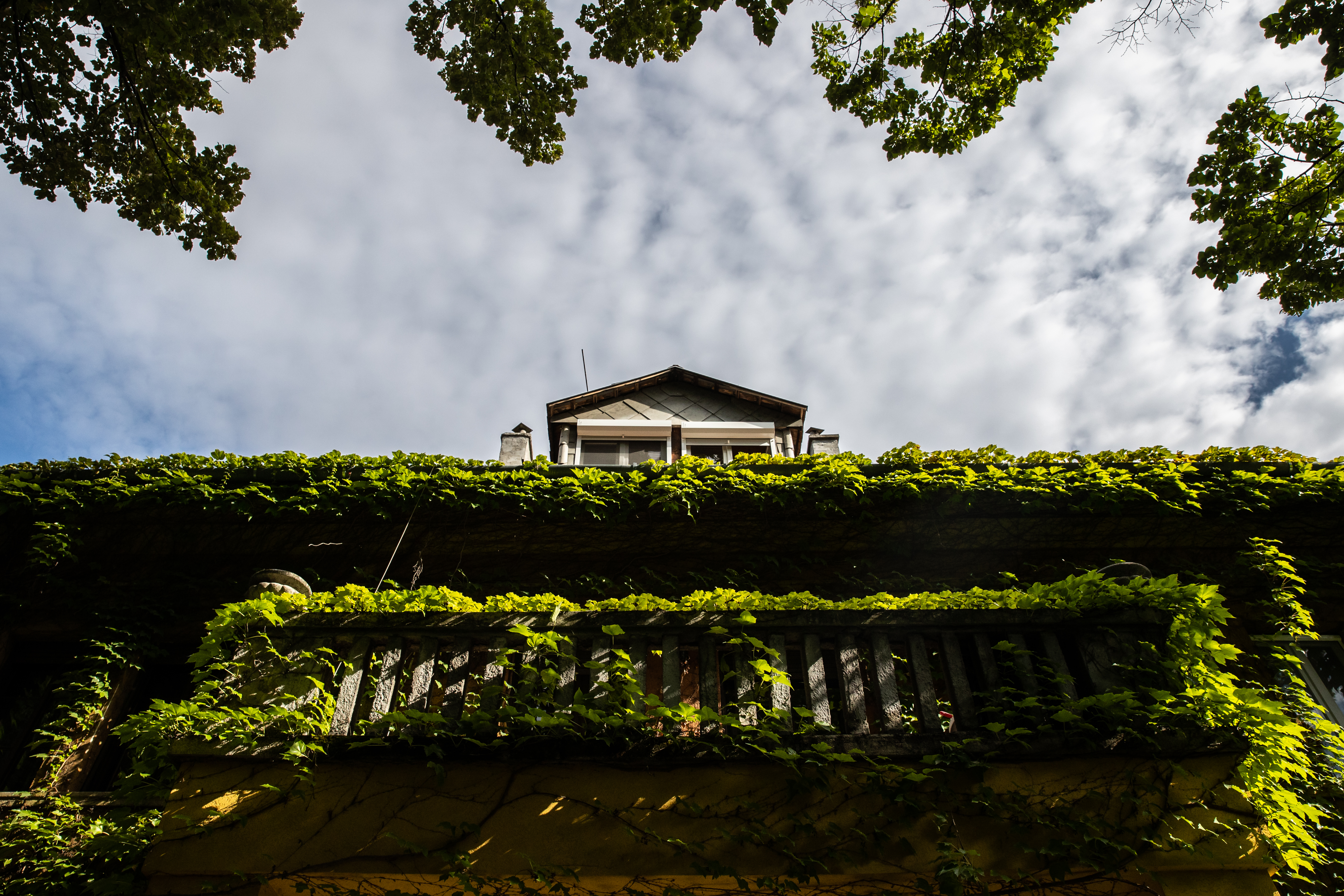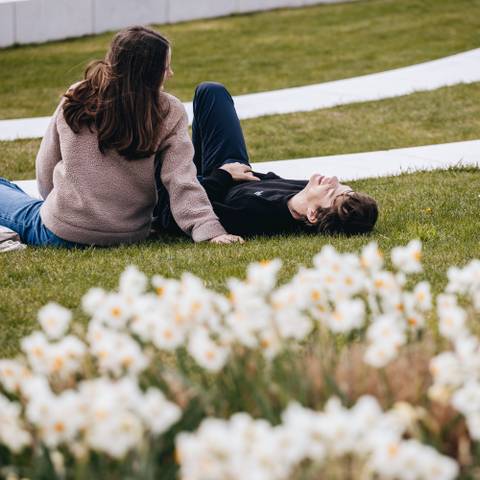The wonders of exploring so many of the city’s little-known buildings during the Budapest100 weekend is not only admiring their architecture but discovering their history.
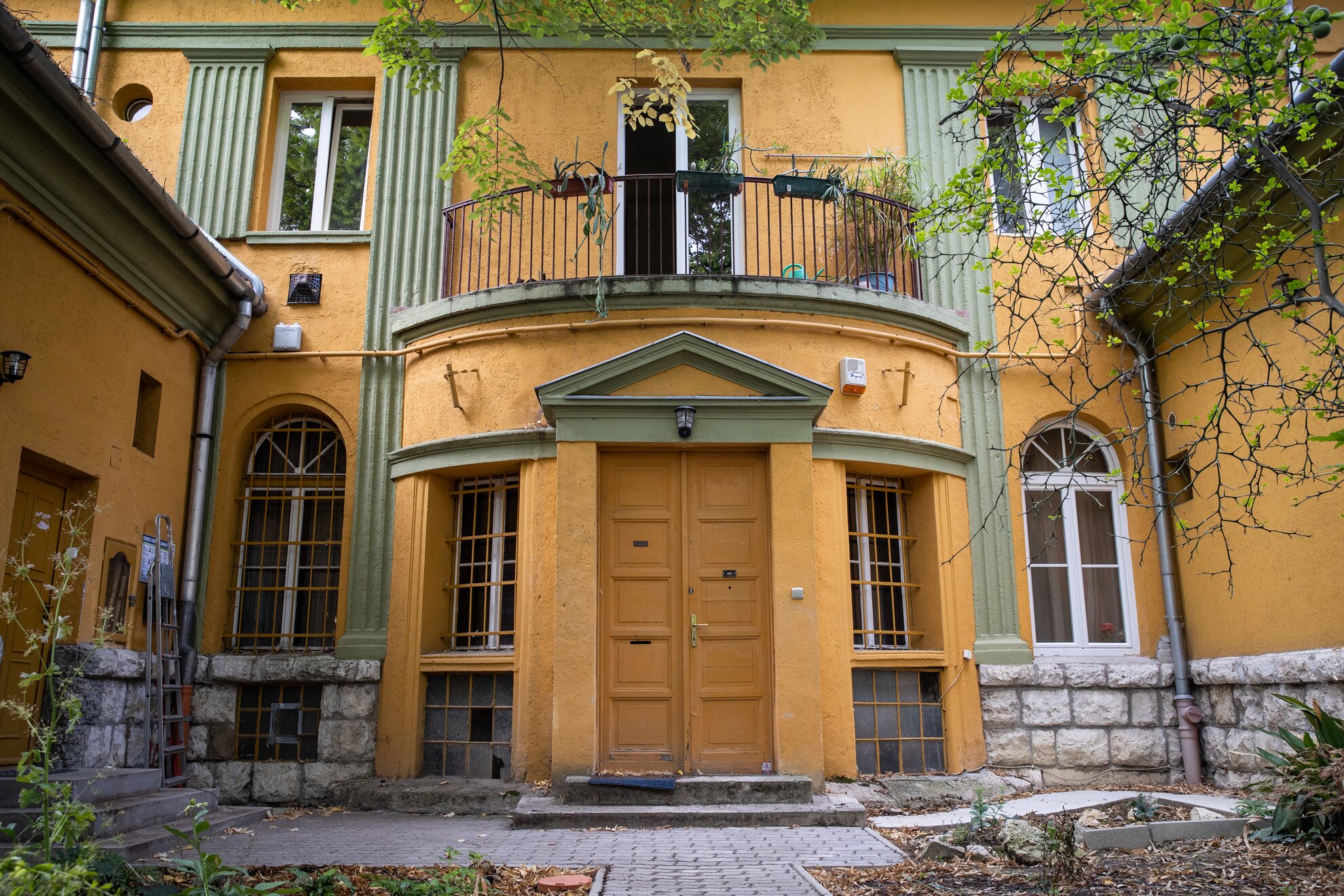
It is always a pleasure to go on an adventure in and around Gellert Hill, because so many lovely panoramas, twisting trails and beautiful villas open up before you. Buildings range from mysterious fortresses to near palaces in Neo-Baroque style.
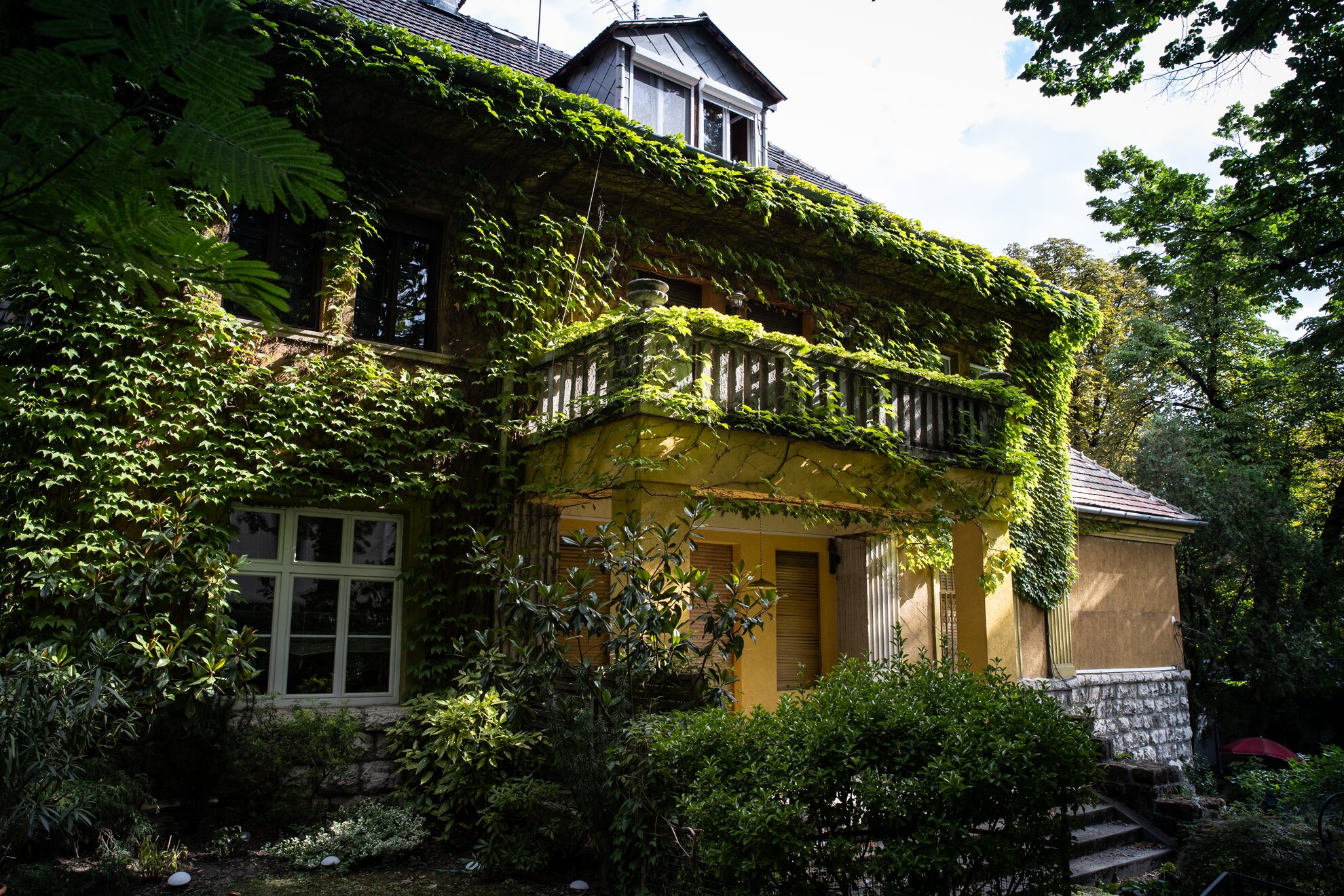
The villas began to multiply on the hill in the early 20th century. Until then, this was a famous wine-growing region. The cellars of wealthy residents were lined with barrels sourced from the green slopes of Buda, until the phylloxera epidemic swept Europe and destroyed the vineyards.
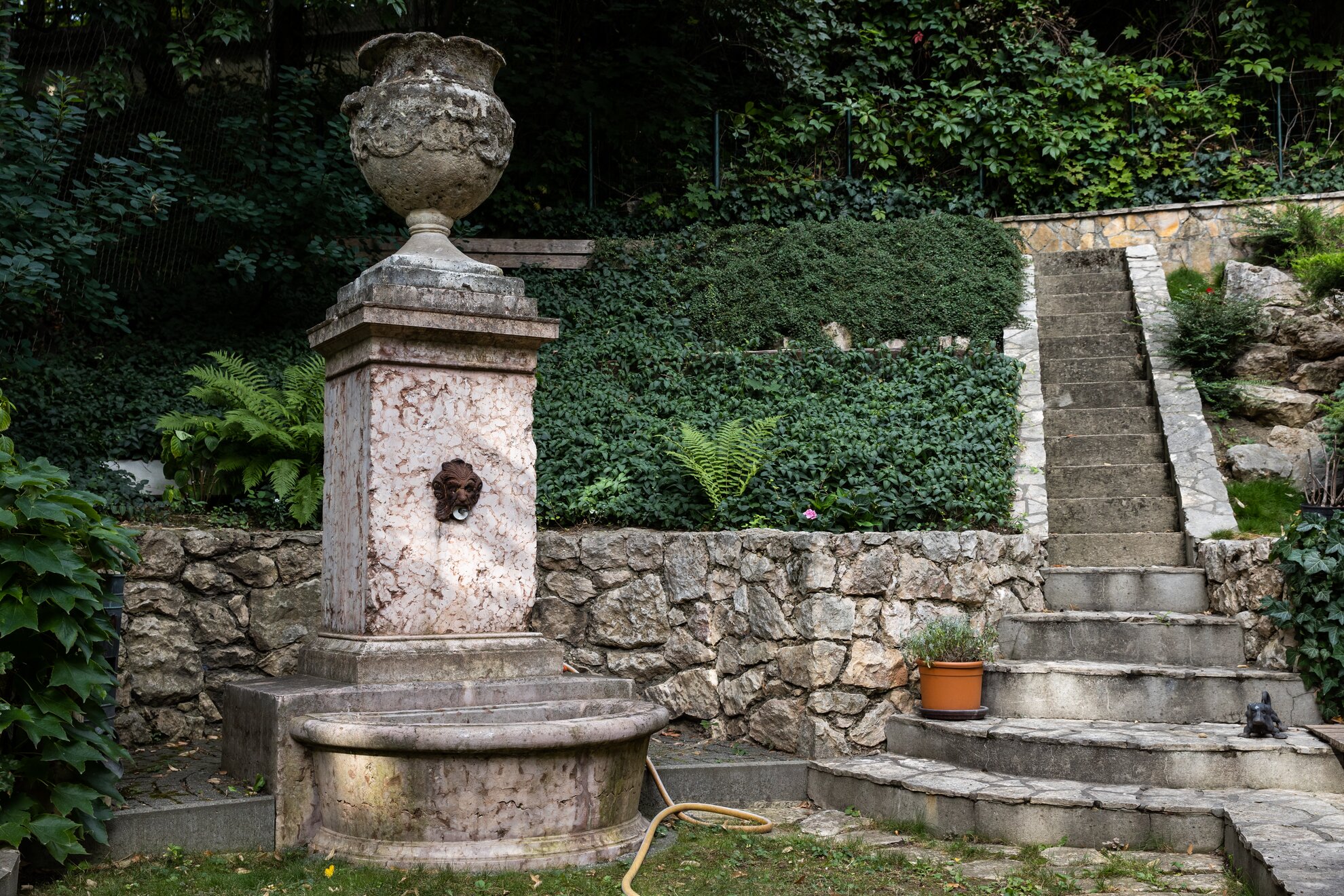
In early 1900s, the aristocracy started building holiday villas within Budapest – first around Zugló and the City Park, but they then the lure of Buda panoramas, the fresh air and nearby greenery also beckoned. The upper crust began to make serious investments and became more and more permanent residents of the Buda hills.
This particular villa, hidden behind the trees at a bend on Kelenhegyi út, was built in 1920 and is still largely in its original condition. It once had a huge garden where there was even a tennis court – today the plot is much smaller because in the 1960s, a large section was annexed to the Finnish Embassy.
The property was built by a director of the First Tokaji Cognac Factory, the respectable Oszkár Beér and his wife. Lawyers and artists also lived in the same building. During World War II, the Schandl family hid an agent working for British intelligence and a Jewish friend in their apartment, but also worked with the Paulist monks to help rescue Jews.
Budapest100
On the weekend of 11-12 September, as part of Budapest100, you can not only
admire the villa at Kelenhegyi út 16B from the outside, but also enjoy a picnic
in its romantic garden together with today’s residents.
